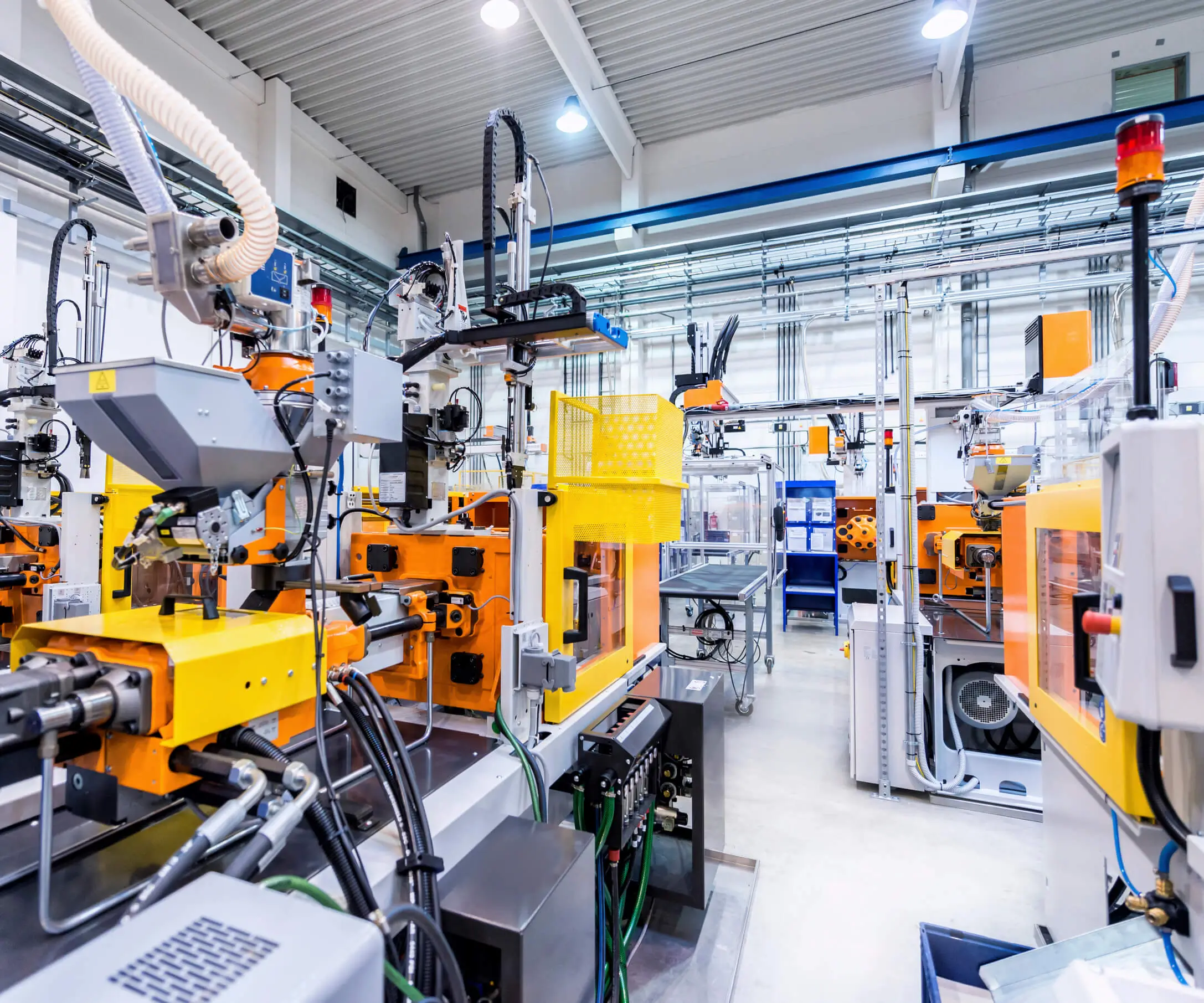Unveiling the Power of Servo Motors in Arduino Projects
The world of electronics and robotics has opened doors to boundless creativity, innovation, and technical mastery. At the heart of many interactive and precise machines lies a simple yet incredibly powerful component: the servo motor. When combined with the versatile Arduino microcontroller, servo motors become tools of precision, enabling everything from robotic arms to automated camera systems.

What is a Servo Motor?
A servo motor is a compact device designed to provide precise control of angular position—think of it as a highly accurate, miniaturized motor with built-in feedback. Unlike simple DC motors, servo motors can rotate to a defined position and hold there, thanks to an internal control system.
They typically consist of a small DC motor, a gear train for torque multiplication, a potentiometer for feedback, and an electronic circuit for control. This configuration allows the servo motor to receive commands about where it should position its shaft, then precisely move there.
Why Use Servo Motors with Arduino?
Arduino, with its open-source platform, is an approachable way for hobbyists and engineers alike to bring their ideas to life. When paired with servo motors, Arduino can execute complex movements with high accuracy—think of making a robotic hand grasp, a camera tilt smoothly, or a drone’s camera gimbal stabilize.
The synergy lies in Arduino’s ability to generate a specific control signal—pulse-width modulation (PWM)—which the servo interprets into physical movement. This combination simplifies what used to be complex control systems, making servo-based automation accessible and fun.
Introducing the Arduino Servo Library
To simplify servo control, Arduino provides an easy-to-use library called the Servo library. It abstracts the complex signal generation, allowing you to focus on defining positions and movement sequences.
Here’s a quick look at how you can start with the library:
#include Servo myServo; // create servo object to control a servo void setup() { myServo.attach(9); // attaches the servo on pin 9 } void loop() { myServo.write(90); // set servo to 90 degrees delay(1000); // wait for 1 second myServo.write(0); // set servo to 0 degrees delay(1000); }
This simple code turns the servo back and forth between 0 and 90 degrees, demonstrating the basics of positional control.
Understanding PWM and Servo Control
At the core of servo operation is PWM, or pulse-width modulation. Unlike digital signals that are merely ON or OFF, PWM varies the time the signal stays HIGH in a cycle, which corresponds to different control signals for the servo.
Standard hobby servos interpret a pulse width typically between 1ms and 2ms within a 20ms period:
1ms pulse: 0 degrees 1.5ms pulse: 90 degrees 2ms pulse: 180 degrees
By generating pulses with specific widths, Arduino can instruct the servo to move precisely to desired positions.
Practical Skills: Connecting a Servo to Arduino
Before diving deeper into functions, ensure your setup is correct:
Connect the servo’s power pin (usually red) to Arduino’s 5V. Connect the ground pin (usually black or brown) to Arduino GND. Connect the control signal pin (white or orange) to a PWM-capable digital pin on Arduino, such as pin 9.
Safety tips:
Always use a separate power source for multiple servos to prevent overloading Arduino’s 5V pin. Confirm that your servo operates within the voltage and current limits.
Exploring the Core Servo Functions
The Servo library provides key functions you’ll use in projects:
attach(pin): Binds the servo object to a specific pin. write(angle): Moves the servo to a specified angle (0–180°). writeMicroseconds(us): Moves to a position specified in microseconds (more precise control). detach(): Stops controlling the servo, freeing the pin.
Mastering these functions opens a world of possibilities—from simple movement sequences to complex synchronized motions.
Real-World Applications and Projects
Understanding these basics allows hobbyists and engineers to craft various projects:
Robotic arms: Precision control for delicate tasks. Camera gimbals: Smooth stabilization and pan/tilt. Automated curtains or blinds: Positioning based on light or time. Art installations: Interactive motion displays.
In the next part, we’ll delve into advanced control techniques, troubleshooting, and creative project ideas that leverage servo motors and Arduino to their full potential. Stay tuned as we explore automation, feedback systems, and integrating multiple servos to build dynamic, responsive machines.
Kpower has delivered professional drive system solutions to over 500 enterprise clients globally with products covering various fields such as Smart Home Systems, Automatic Electronics, Robotics, Precision Agriculture, Drones, and Industrial Automation.




































